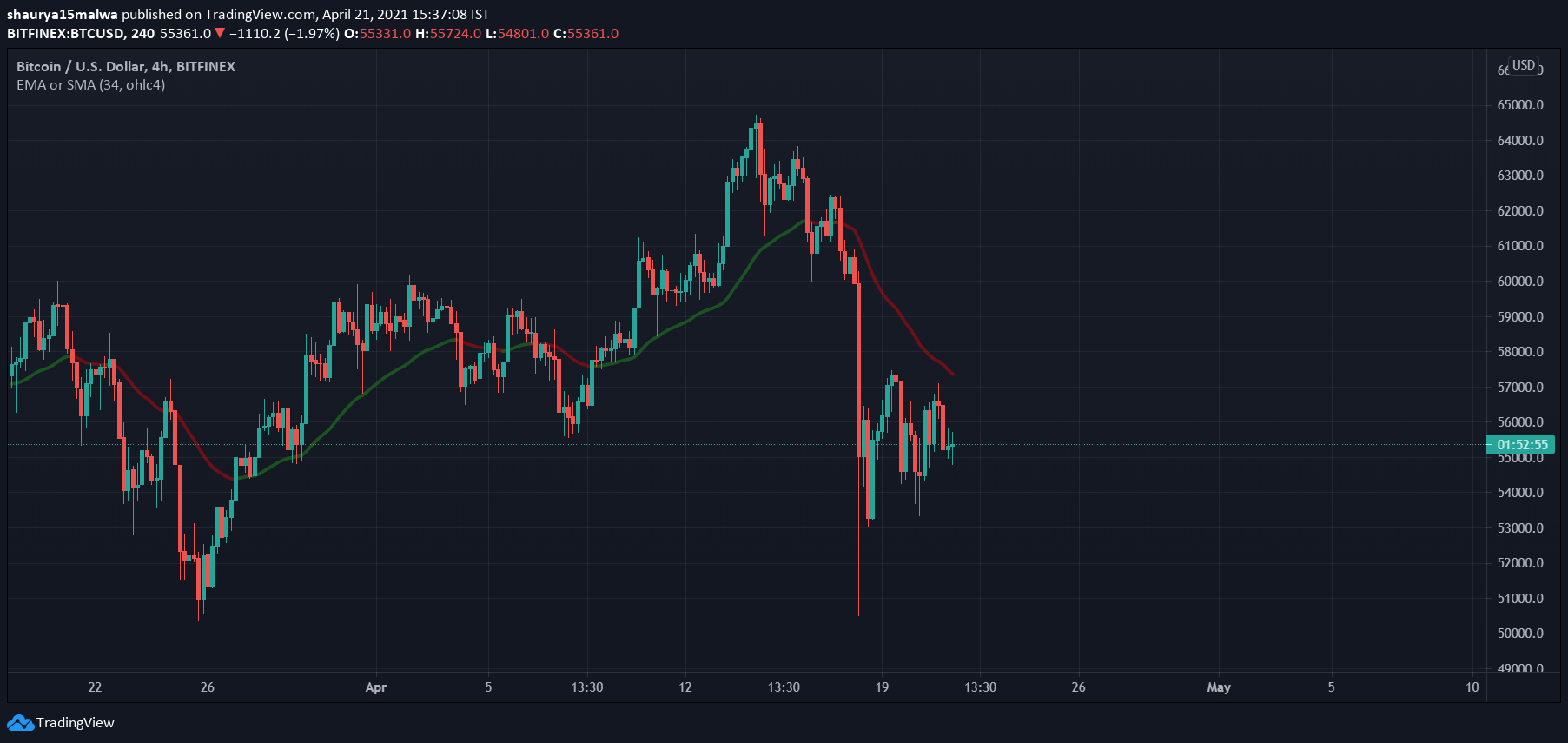RECOMMENDED: Click here to fix Windows errors and optimize system performance.
If you just bought a new Fixing slow USB 3.0 data transfer speeds (or hard drive) and are experiencing surprisingly slow read/write speeds, read on for a quick fix! A USB 3.0 drive should offer a write speed of at least 15-20 MB per second, if not more. But Windows is not properly configured to achieve these speeds by default.
USB drives are commonly used on computers to transfer files such as photos, videos, documents, etc. When transferring large amounts of data, the transfer speed is very important.

However, sometimes the slow transfer of data via USB can be annoying. No one wants to wait tens of minutes for a data transfer, especially when you need the data now or have important things to do.
For faster file transfer between the PC and the USB flash drive, speed up the data transfer via USB. How can I speed up the data transfer via USB? Tell us about these methods in the next section.
Contents
What causes USB 3.0’s slow data transfer rate

The slow transfer speeds of USB 3.0 are definitely an annoying scenario, especially when you need to transfer a large file. The transfer speed usually depends on the reading speed of the source device, the transfer speed of the USB port and the writing speed of the destination device. However, there are other problems you can solve to achieve maximum file transfer speed.
Outdated drivers: USB 3.0 in Windows 10 is expected to offer file transfer speeds of at least 100-200 MB per second. If this is not the case, it may be due to outdated drivers.
Updates are installed automatically when the operating system is updated regularly. Otherwise, we can manually check for updates and install them.
Faulty hard drive: Another reason for USB-3’s slow data transfer rate may be a defective hard drive. Over time, hard drives can accumulate a large number of unnecessary and unwanted files, which can lead to decreased performance. Defective sectors and corrupt system files are also major factors in poor performance.
Wrong USB port: Make sure the USB storage device is properly connected to the USB port and is not damaged. A poor connection can result in slow data transfer and data loss during transfer. Make sure the USB device is securely connected to the USB port.
The computer is running an older version of Windows: Another reason for low data transfer rates is that the operating system is not updated. First, check for Windows updates using the search bar on your desktop. It scans for a few minutes and tells you if any updates are available. If updates appear, install them and restart the computer for the best possible speed.
To correct slow USB 3.0 transfer rates
April 2021 Update:
We now recommend that you use this tool to fix the error. The tool also repairs common computer errors, protects against file loss, malware, and hardware failures, and optimizes your PC for optimal performance. With this software, you can fix computer problems quickly and prevent others from getting them:
- Step 1: Download the PC repair and optimization utility (Windows 10, 8, 7, XP, Vista – Microsoft Gold Certified).
- Step Two: Click on the Start scan button to detect problems in the Windows registry that may be causing PC problems.
- Step Three: Click the Fix All button to fix all issues.


Disable Windows security
- First press the key combination Windows+S.
- In the Windows Security text box, type the search term.
- Click Windows Security to open a window for this application.
- Click the shield button to the left of Windows Security.
- Click on Manage Settings to open this option.
- Disable the Real-time and Cloud Protection options here.
Starting Windows correctly
- Open Run by pressing Windows + R simultaneously.
- Type MSConfig in the Open box and click OK.
- On the General tab, click the Select Autorun button.
- Clear the Load startup objects check box.
- Check the Load system services and Use original startup configuration settings boxes.
- On the Services tab, select the Hide all Microsoft services check box.
- Click Disable All to disable the listed third-party services.
- Click the Apply and OK options.
- Then click Restart in the dialog box that opens.
Choose the best performance option for your USB drive
- First, insert the USB flash drive into one of your PC’s USB 3.0 slots.
- Open the Device Manager window.
- Double-click on the Hard Drives category.
- Right-click on the list of USB 3.0 drives and select Properties.
- Select the Policy tab.
- Select the Best Performance option.
- Press OK key.
Reinstall USB 3.0 controller driver
- First, right-click on the Windows 10 Start button and select Device Manager.
- Then click Universal Serial Bus Controllers to open the window.
- Right click on the USB 3.0 controller and select Uninstall Device.
- Then restart Windows 10 and the driver for the USB 3.0 controller will be reinstalled automatically.
- You can also click the Check for hardware changes option in Device Manager to reinstall the drivers.
RECOMMENDED: Click here to diagnose Windows errors and optimize system performance.
frequently asked questions
Why is my USB 3 transfer so slow?
How do you solve the problem of the slow 3-0 t…
Why is the USB transfer speed so slow?
Computerized repair…
How can I fix the slow transfer speed of my USB stick?
Improve speed and throughput…
Related Tags:
Feedback,usb 3.0 speed fluctuatesusb 3.0 speed mb/susb 3.0 slow transfer speed windows 10usb 3.1 transfer speedusb 3.0 write speedusb 3.0 speed test,People also search for,usb 3.0 speed fluctuates,usb 3.0 speed mb/s,usb 3.0 slow transfer speed windows 10,usb 3.1 transfer speed,how to fix slow usb transfer speeds linux,usb 3.0 write speed,usb 3.0 speed test,how to fix slow usb transfer speeds mac
- How To Restore IP Address Starting With 169.254 Problem - February 13, 2023
- What Is Peer-To-Peer Trading? – Best Guide 2023 - February 13, 2023
- How To Get HBO Max In Australia In 2023 - February 13, 2023

